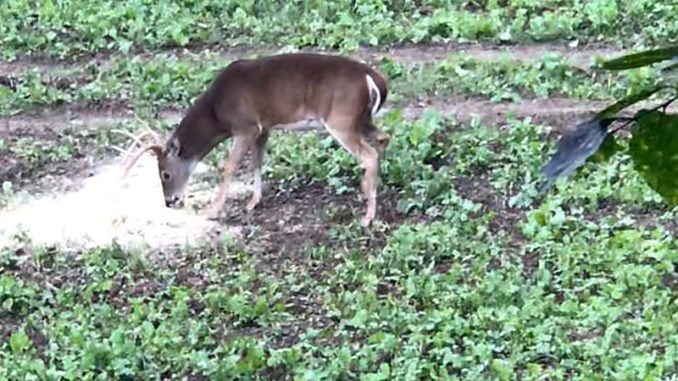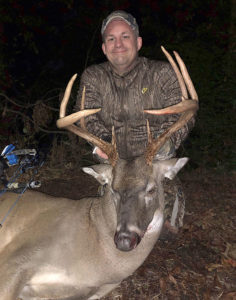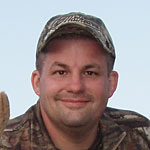
The best equipment fails if shot placement is poor
At least once a day this time of year, a customer walks into the archery shop and asks, “Which broadhead that you sell is the most deadly?”
My answer is always the same: “There is not a broadhead on our shelves that won’t kill a deer quickly with proper shot placement. But by the same token, none of them will kill quickly, if at all, with poor shot placement.”
In our modern world of high-tech gizmos and gadgets, we have come to expect easy fixes and instant gratification. When it comes to clean, humane kills, however, there is no magic bullet that will make up for a poorly placed shot.
One of the hardest skills for a beginning bowhunter is to transition from shooting dots on a target to shooting at a live animal. Learning how to “pick a spot” when there is no clear aiming point is very different from aiming at a well-defined bulls’-eye. Even with a perfectly placed shot, an animal often travels some distance. But better shot placement leads to a much shorter and easier to follow blood trail. Understanding how an arrow kills, as well as a thorough knowledge of your target’s anatomy, are keys to proper shot placement. And that leads to a successful outcome to your hunt.
Unlike a bullet, which often kills by shock, an arrow kills by hemorrhage and or suffocation. An animal usually runs out of oxygen more quickly than it bleeds to death. So the best shot placement is always a double-lung shot. Animals shot through both lungs quickly expire. And they usually drop within 75 yards of the shot location.
Find the lungs
The lungs also offer a much larger target than most other vital organs. The heart and liver are in close proximity for arrows that are slightly off their mark. Single lung shots are often fatal — but not always. And with one lung still working, the animal can travel a long way before expiring. For this reason, it is best to shoot at animals that are broadside or slightly quartering away from the hunter. These angles offer the largest profile of both lungs, resulting in higher-percentage odds for a quick, clean kill. Lower stand heights also provide a much larger profile of the lungs.

The heart on a white-tailed deer is situated just behind the front leg and low in the chest cavity. Heart-shot deer will often travel 75 to 150 yards after the shot. But they usually leave an ample, easily followed blood trail. The liver is just behind the diaphragm and is a vital shot. But deer shot through the liver often take much longer to expire.
One area to avoid is just below the spine. This “no man’s land” will result in a steady blood trail that gradually dries up. Although the animal often survives, it isn’t much comfort for anyone involved. Because of a deer’s tendency to flinch down at the shot, I typically aim at the top of the heart. That way, if the deer doesn’t react, I hit the heart and lungs, and if it does, I hit it through both lungs. Either will result in a short blood trail.
Think in three dimensions
Angled shots, whether due to a quartering animal or an elevated shooting position, require the archer to think in three dimensions. A good rule of thumb is to always think of where you want the arrow to exit the deer. This requires a bit of visualization since you cannot see the other side of the animal. But it will always result in proper shot placement. On broadside or animals quartering away very slightly, I always aim to exit behind the offside shoulder. This usually guarantees a complete pass-through, yielding a much better blood trail. On animals that are quartering away at a larger angle, I shift my aim to impact the offside shoulder itself as the angle increases. This usually prevents a pass-through. But it increases the likelihood of a double-lung shot providing an even better angle on the vitals.
Before heading into the field, every archer should practice shooting at a 3-D deer target from different angles. This helps to become comfortable and proficient at proper shot placement. Be honest with yourself about the potential lethal nature of your practice shots. Practice until you are certain you can make a double-lung shot for a quick, clean kill.
As bowhunters, we answer to a higher standard. And we owe it to the animals we hunt to make the best shots we possibly can. If you have any question about a shot or just don’t feel confident, let down and “live to hunt another day.” There’s always next time.




Be the first to comment